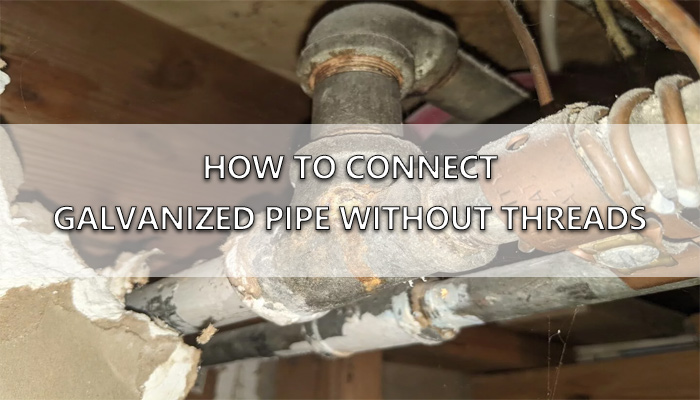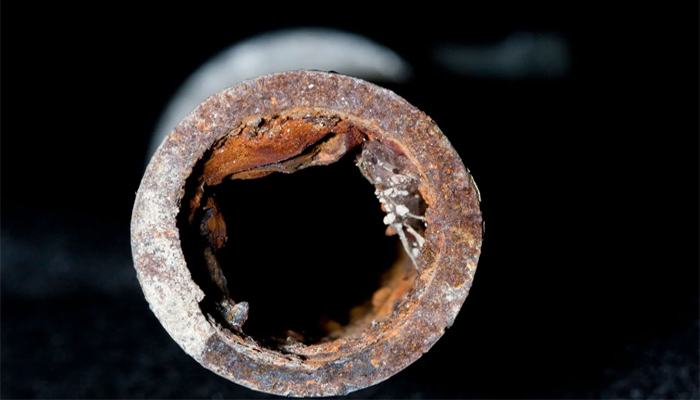Looking for ways to connect galvanized pipes without threads? Discover effective techniques for joining galvanized pipes without the need for threading, ensuring a smooth and hassle-free plumbing project.
How To connect galvanized pipe without threads
Galvanized pipes are widely used in plumbing systems due to their durability and corrosion resistance. While traditional methods involve threading to connect pipes, there are alternative techniques available that eliminate the need for threading.
In this guide, we will explore easy and effective methods to connect galvanized pipes without threads. Whether you’re a professional plumber or a DIY enthusiast, these techniques will help you achieve reliable and leak-free connections.
Compression Fittings
Compression fittings provide a convenient and reliable solution for connecting galvanized pipes without threads. These fittings consist of two parts: a compression nut and a ferrule. The process involves the following steps:
- Cut the galvanized pipe to the desired length.
- Smooth the cut edges using a deburring tool.
- Slide the compression nut onto the pipe, followed by the ferrule.
- Insert the pipe into the compression fitting body.
- Tighten the compression nut using two wrenches, ensuring a secure connection.
Compression fittings offer a quick and straightforward method to connect galvanized pipes without the need for specialized tools or threading equipment.

Push-Fit Connectors
Push-fit connectors, also known as push-to-connect or quick-connect fittings, are another excellent option for joining galvanized pipes without threads. These fittings feature a simple and reliable mechanism that allows for easy installation. Here’s how to use push-fit connectors:
- Cut the galvanized pipe to the required length and deburr the edges.
- Ensure the pipe end is clean and free from debris.
- Insert the pipe into the push-fit connector until it reaches the stop.
- Ensure the pipe is fully inserted and secure by pulling on it gently.
- To disconnect, use a disconnecting tool provided by the manufacturer.
Push-fit connectors provide a leak-free connection and are suitable for both temporary and permanent installations.
Flare Fittings
Flare fittings are commonly used for connecting galvanized pipes without threads in gas and oil supply systems. These fittings create a tight seal by compressing the flared end of the pipe against the fitting. Follow these steps to use flare fittings:
- Cut the galvanized pipe to the desired length and remove any burrs.
- Insert the flaring tool into the pipe, ensuring it covers the end.
- Use the flaring tool to flare the end of the pipe at a 45-degree angle.
- Insert the flared end into the flare fitting, ensuring a snug fit.
- Tighten the nut securely to create a leak-proof connection.
Flare fittings require precision and are commonly used in applications where high-pressure connections are necessary.

Conclusion:
In summary, how to connect galvanized pipe without threads? Connecting galvanized pipes without threads is achievable using alternative methods such as compression fittings, push-fit connectors, and flare fittings. These techniques provide efficient, reliable, and leak-free connections, eliminating the need for threading equipment.
Whether you’re a professional plumber or a DIY enthusiast, these methods offer convenience and ease of installation. By exploring these options, you can confidently undertake plumbing projects involving galvanized pipes and ensure efficient water or gas flow without the hassle of threading.
Remember, when connecting galvanized pipes without threads, always follow the manufacturer’s instructions and ensure proper preparation of pipe ends for a secure and durable connection.
With these simple yet effective methods, you can confidently connect galvanized pipes without threads and accomplish your plumbing projects with ease.